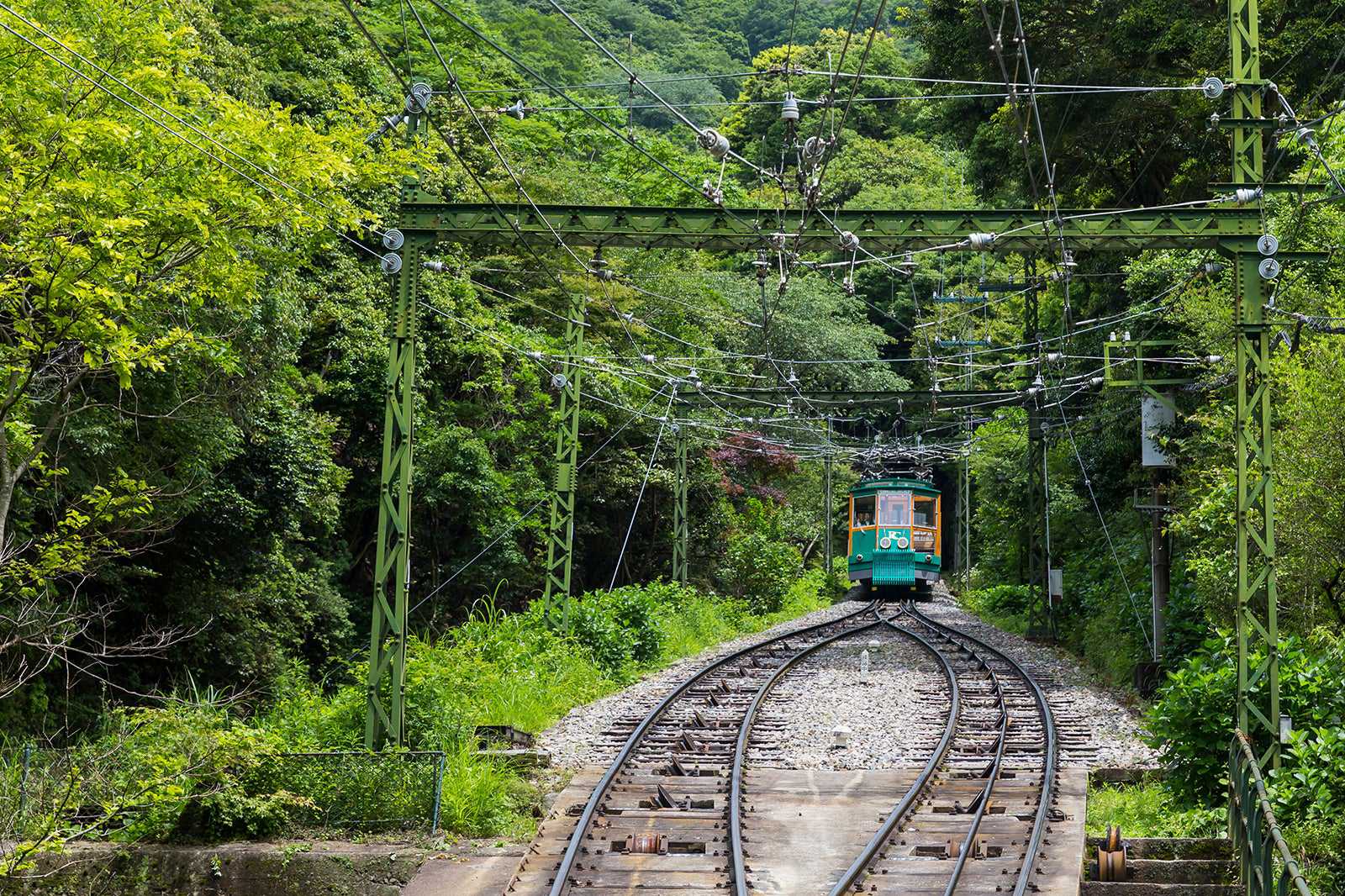Before you travel to Kobe, it's a good idea to brush up on some of the travel essentials. Choosing when to travel is a decision best made after the attractions, events and seasons of Kobe.
You can save time by preparing in advance how you're going to get around the city to see the sights. Transport options vary depending on how you plan on getting to Kobe, the sightseeing spots you want to visit, and your preferred accommodation style.
When is the best time to visit Kobe?
When the sun shines, head to the leafy areas of Kobe

Kobe is known as a comfortable city to live in. In summer, you'll be refreshed by the sea breeze from the Seto Inland Sea, and in winter, Mount Rokko blocks the north wind, making the mild climate more liveable than other metropolitan cities like Tokyo and Osaka. Plus, there are fewer typhoons.
- In summer, temperatures can reach over 30°C, especially in the city centre. In winter, there's less snow and it’s rare for the temperature to drop below 0°C. If you prefer to avoid the extremes of heat and cold, spring and autumn will be the best times to travel.
- June is the rainy season and typhoons are common from July to September. But there's less rain compared to the Kanto region.
- August is the hottest month. Thanks to its landform close to the sea and the mountains, temperatures rarely reach 35°C, as they do in Osaka and Kyoto or other cities of the Kansai region, so the heat is not too extreme here.
- In spring, you can enjoy pleasant walks around the city with its beautiful flowers. Autumn is also a good time to travel, for example to Arima onsen (hot springs).
Basic information on Kobe
Double-check before your trip

- Plug type: A / B
- Voltage: 100 V
- Currency: Yen (¥)
- International dialling code: +81 78 / 797
- Emergency call number: 110 (police) / 119 (firefighting) / 118 (sea)
See also
- 10 Best Places in Kobe for Family Trips

10 Best Places in Kobe for Family Trips
Japan - Himeji Castle

Himeji Castle
Japan - 10 Great Restaurants in Kobe

10 Great Restaurants in Kobe
Japan
Getting to accommodation facilities in Kobe
Use the convenient transport network to go get here from any part of Japan

Kobe is an easy place to travel to and around by train thanks to the many train lines in the city, including the Shinkansen. You’ll find many hotels around Sannomiya, which is the downtown area of the city. There are also plenty of luxury hotels on the sea and mountain sides, where you can enjoy panoramic views and night scenery.
- If you're coming by air, both Kansai International Airport and Kobe Airport are nearby. From Kansai International Airport, it takes about 30 minutes to get to Kobe on the "High Speed Boat Kobe-Kansai Airport Bay Shuttle". From Port Island, where Kobe Airport is located, it takes about 18 minutes to get to Sannomiya by "Port Liner".
- From the Kanto and Kyushu regions, the Shinkansen (bullet train) stops at Shin-Kobe Station, and there are also highway buses. Many JR lines and private railways run into Sannomiya, the centre of Kobe, so it's easy to get to Osaka and even to Kyoto from here.
- Kobe is home to Kobe Port Terminal and Nakatottei Cruise Terminal, which welcome cruise ships both from Japan and abroad. Various ferries connecting to the Shikoku and Kyushu regions also operate from Kobe Rokko Port.
Getting around in Kobe
Touring the city, sea, and mountains of Kobe is a breeze

Kobe has a well-developed railway network including Shinkansen lines, which you can take from Shin-Kobe Station. It’s pretty easy to explore the city using public transport. With car parks dotted throughout the city, driving around in your own car or a rental car is one good option. The city is quite hilly, so an electric bicycle is probably a better idea than a pedal bike.
- Kobe is a compact city, with major tourist sites within 30 minutes via JR lines and private railways. If you start your trip staying in central Sannomiya, you'll be able to get to most of the sights quite easily.
- "City Loop" buses take you to the main sights of the city with great deals on single-day passes. If you're only visiting the Kobe waterfront area, take "Port Loop" buses.
- The "Rokko Cable Line" and "Maya View Line" are handy for getting out to the top of Mount Rokko and Mount Maya. You can easily enjoy the beautiful night views without a car.
- Kobe Sea Bus "boh boh KOBE" runs from Bus Stop No. 5 in front of "Kamomeria" at Naka Tottei Chuo Terminal. You can also enjoy the famous sights of Kobe from a cruise boat.
Kobe's famous events
A wealth of exciting Kobe events in every season

Kobe Festival
- May
- A popular event with performances, stage shows, and markets held at various locations in Kobe. Don't miss the spectacular parade passing through the "Flower Road" in Sannomiya.
- Location: Kobe City
Kobe Port Marine Fireworks Festival
- August
- One of the largest fireworks displays in the Kansai region. Fireworks are set off on the ocean in front of Meriken Park, illuminating the night view of Kobe Port.
- Location: Around Kobe Port
Kobe Luminarie
- December
- This event, one of the winter traditions of Kobe, commemorates the Great Hanshin Earthquake. It covers the entire city centre area with its magnificent lights.
- Location: Around Higashi Yuenchi
Kobe's main tourist attractions
Visit the famous landmarks of Kobe

Ikuta Shrine
This historical shrine founded in 201 CE is famous for granting wishes related to love and safe childbirth. Ikuta Forest (Ikuta no Mori) in the northern part of the shrine grounds is known as the site of the Genpei War, and many come to visit this sacred place to see it in its full glory.
Akashi-Kaikyo Bridge
This is the world's largest suspension bridge, crossing the Akashi Strait. There are tours that will take you inside, and you can also view it up-close from a café located on the circuit-style "Maiko Marine Promenade".
Kobe Port Tower
The symbol of Kobe, known as the "Steel Tower Beauty". Its observation deck attracts many visitors. It’s also worth visiting at night when it's decorated with lights.
Nankinmachi
This area has developed as Kobe's Chinatown. Enjoy walking around the exotic townscape with its Chinese Gate while tasting exquisite Chinese food.
This article includes opinions of the Go Guides editorial team. Hotels.com compensates authors for their writings appearing on this site; such compensation may include travel and other costs.
Start planning your trip
Where to stay in Kobe

ANA Crowne Plaza Kobe by IHG

The Royal Park Canvas Kobe Sannomiya
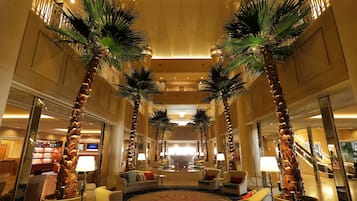
Kobe MerikenPark Oriental Hotel

Hotel Monterey KOBE
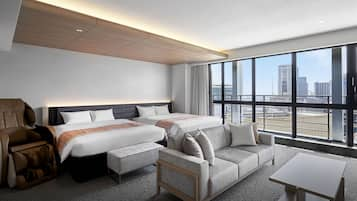
DaiwaRoynetHotel Kobe-Sannomiya PREMIER
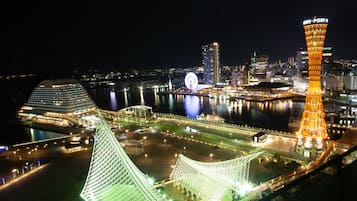
Hotel Okura Kobe
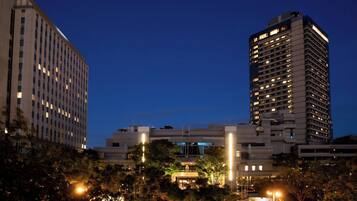
Grand Prince Hotel Osaka Bay
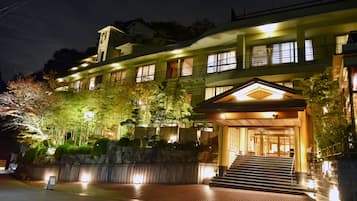
Arima Onsen Taketoritei Maruyama
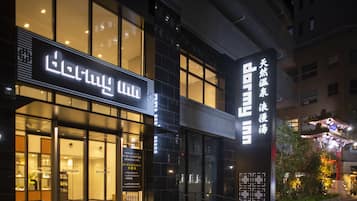
Dormy Inn Kobe Motomachi Natural Hot Springs

Remm Plus Kobe Sannomiya
Related stories
- 10 Best Places in Kobe for Family Trips

10 Best Places in Kobe for Family Trips
Japan - Himeji Castle

Himeji Castle
Japan - 10 Great Restaurants in Kobe

10 Great Restaurants in Kobe
Japan - 10 Best Places to Go Shopping in Kobe

10 Best Places to Go Shopping in Kobe
Japan - 10 Best Things to Do for Couples in Kobe

10 Best Things to Do for Couples in Kobe
Japan - 11 Best Things to Do in Kobe

11 Best Things to Do in Kobe
Japan - 10 Best Things to Do After Dinner in Kobe

10 Best Things to Do After Dinner in Kobe
Japan - 10 Things to Do in Kobe on a Small Budget

10 Things to Do in Kobe on a Small Budget
Japan
